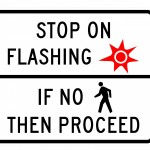Menu
- Residents & Visitors
- About Neenah
- Arts & Culture
- Downtown Parking
- Emergency Response Plan
- Future Neenah
- Heritage
- Inspections
- Library
- Lifestyles & Culture
- Neenah FAQs
- Oak Hill Cemetery
- Park & Trails
- Permits, Forms, Applications
- Property Information
- Public Works Services Guide
- Quality of Life
- Residential Living
- Riverside Players
- Visitors Bureau
- Business & Development
- Business Climate
- Economic Development
- Industry Clusters
- Inspections
- Lifestyle & Culture
- Development Process
- Locate & Expand
- Permits, Forms, Applications
- Planning & Zoning
- Property Information
- Start A Business
- Workforce
- Departments & Government
- Assessment
- Common Council
- Community Development
- Department of Finance
- Fire
- GIS & Mapping
- Health
- HR & Safety
- Information Systems
- Inspections
- Library
- Municipal Court
- Oak Hill Cemetery
- Office of the City Attorney
- Office of the City Clerk
- Office of the Mayor
- Parking Utility
- Parks & Recreation
- Police
- Public Works
- Sustainable Neenah Committee
- Utility Billing
- Water Utility
- Weights & Measures
Menu

